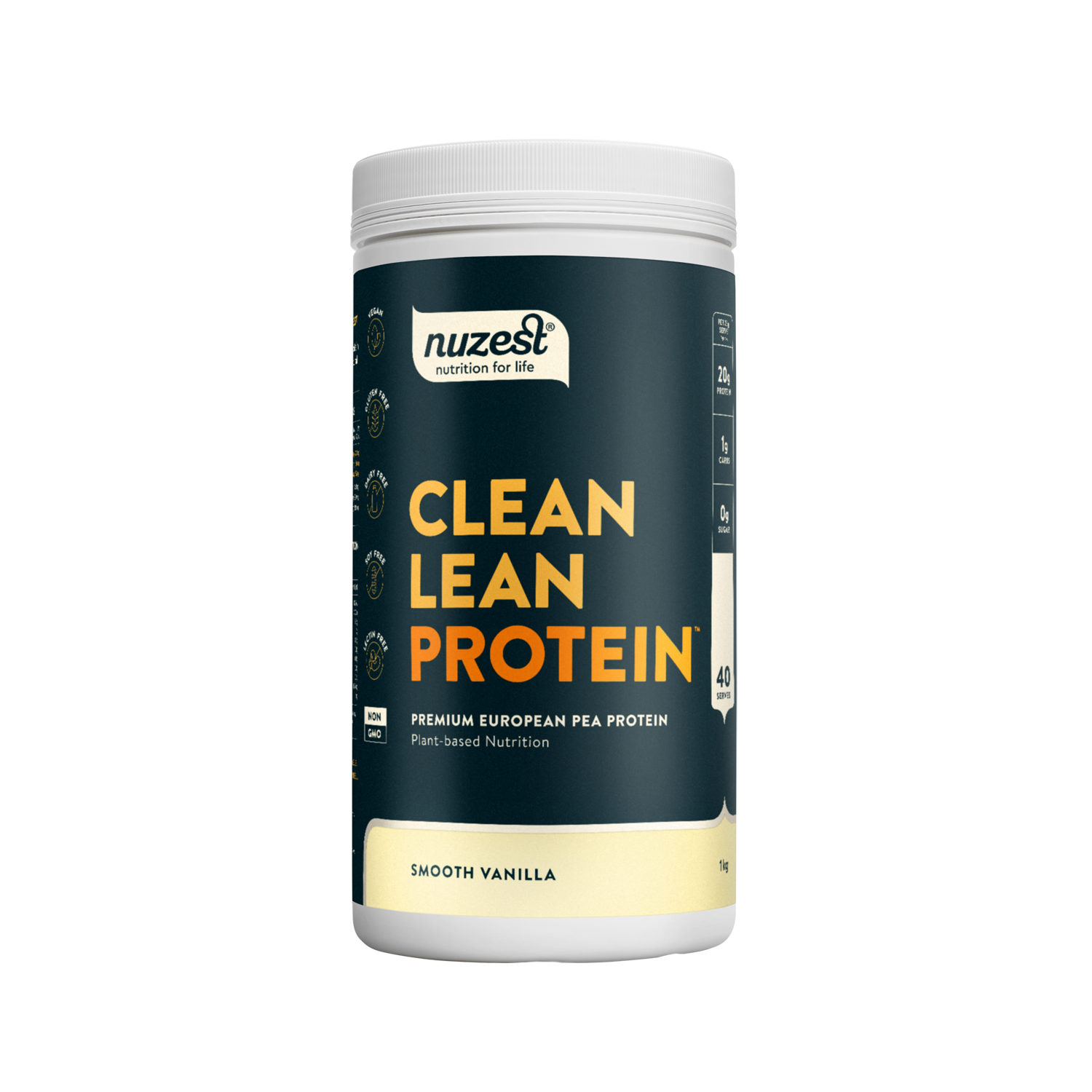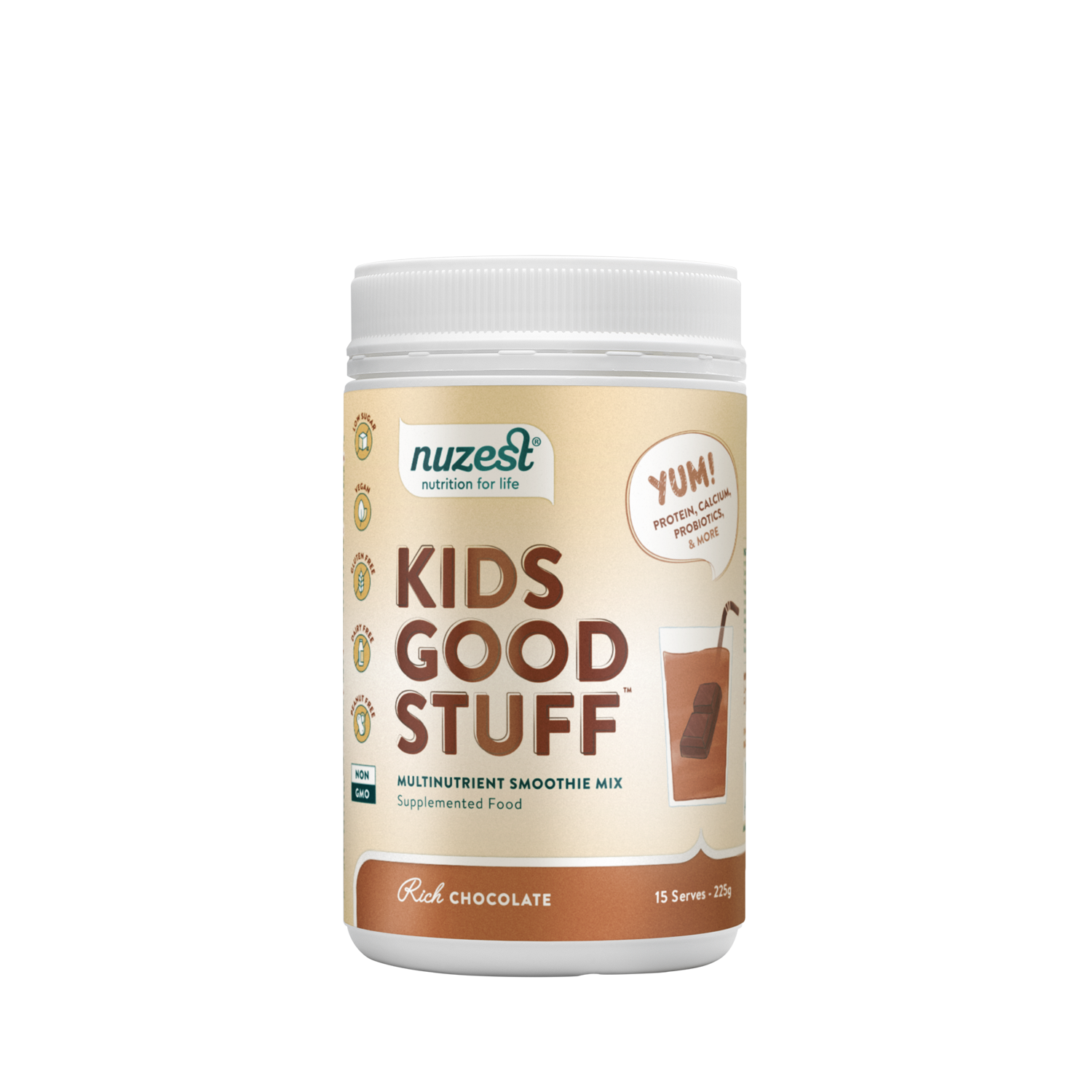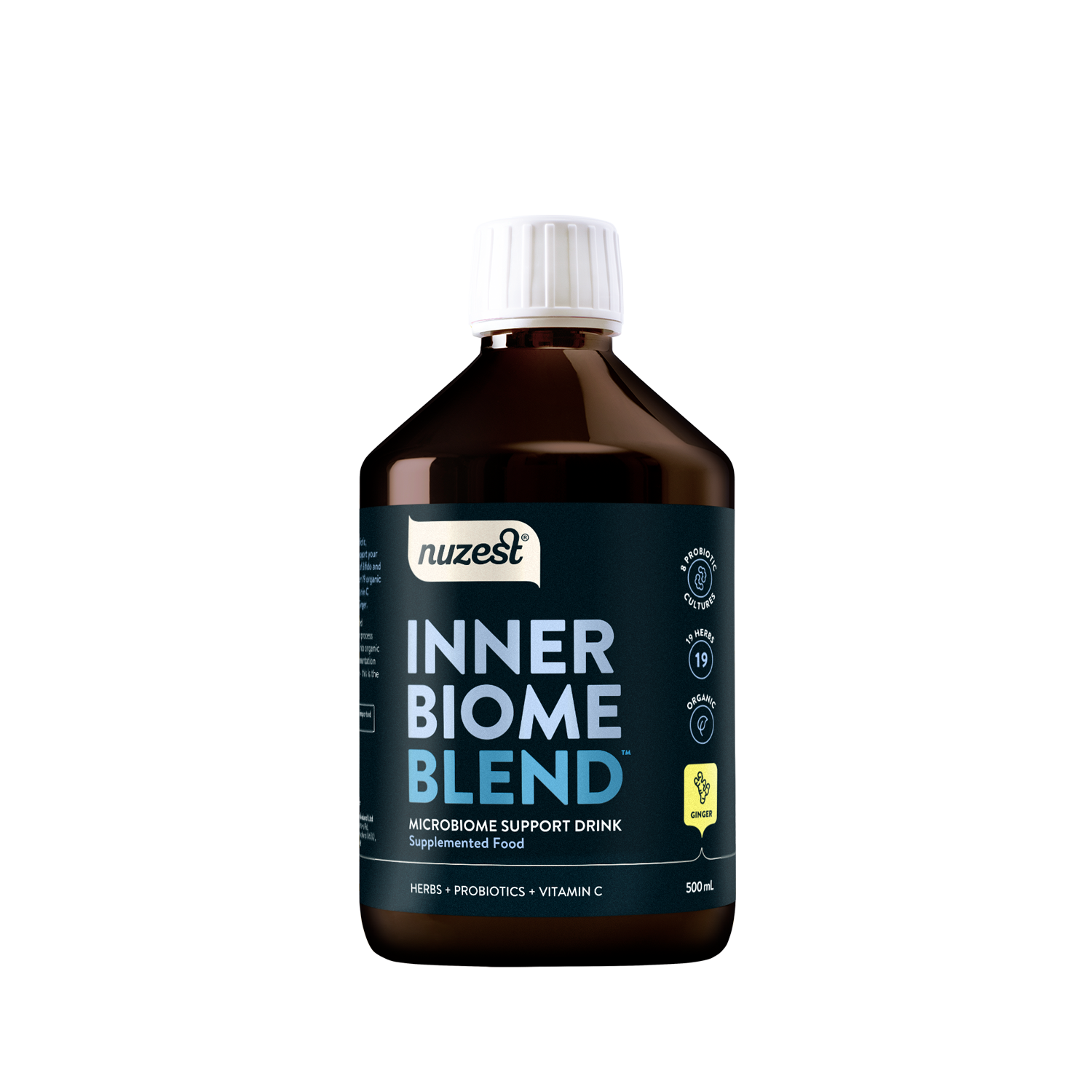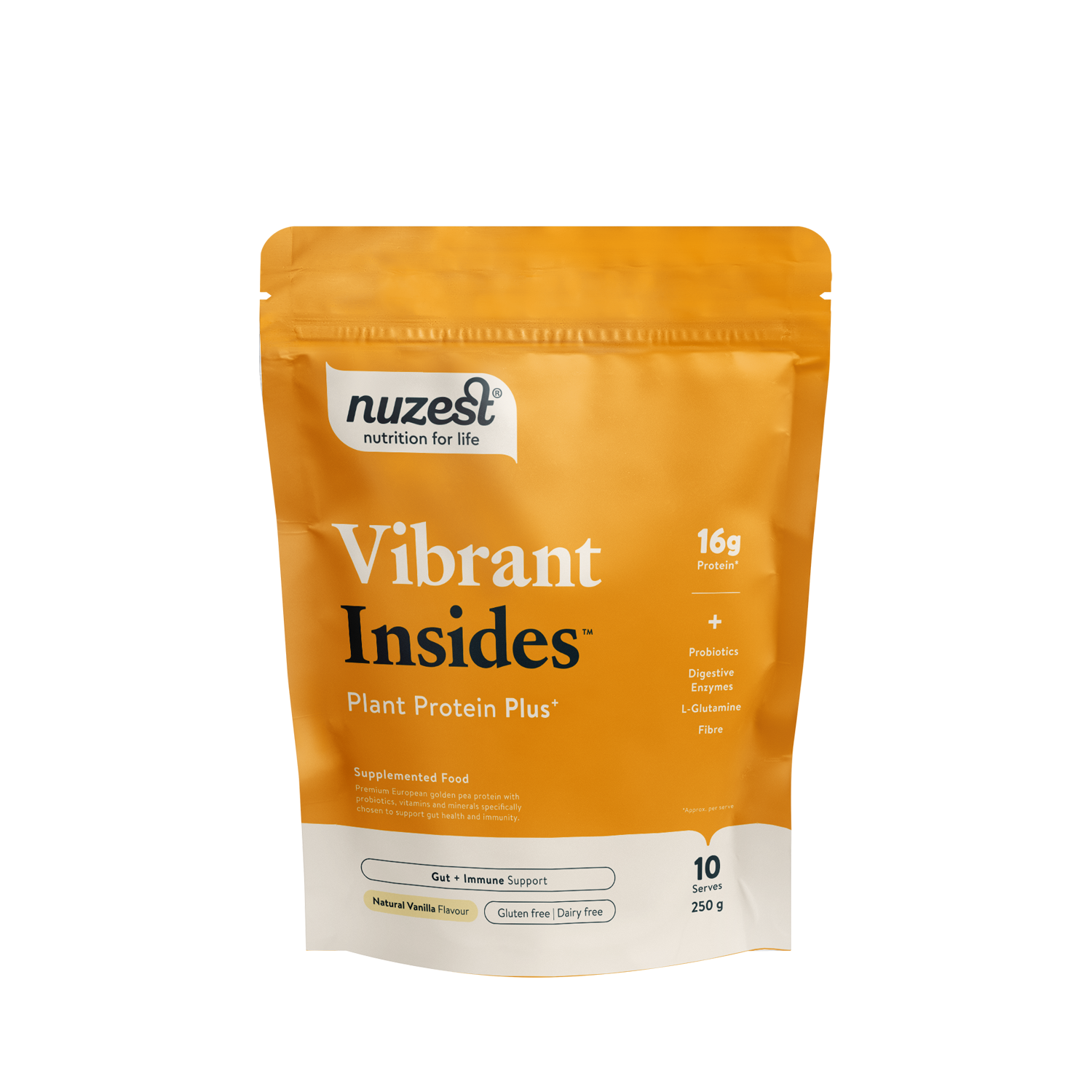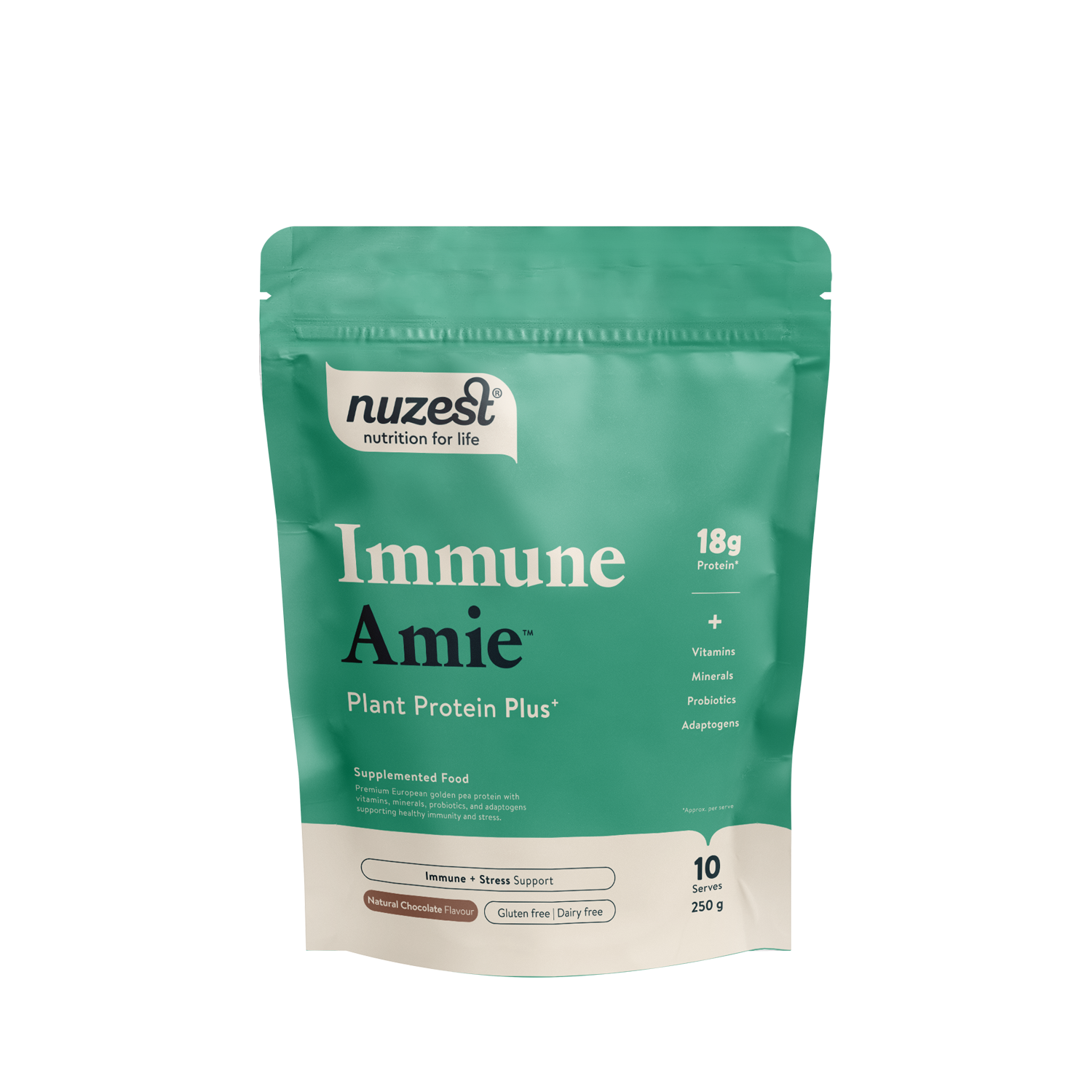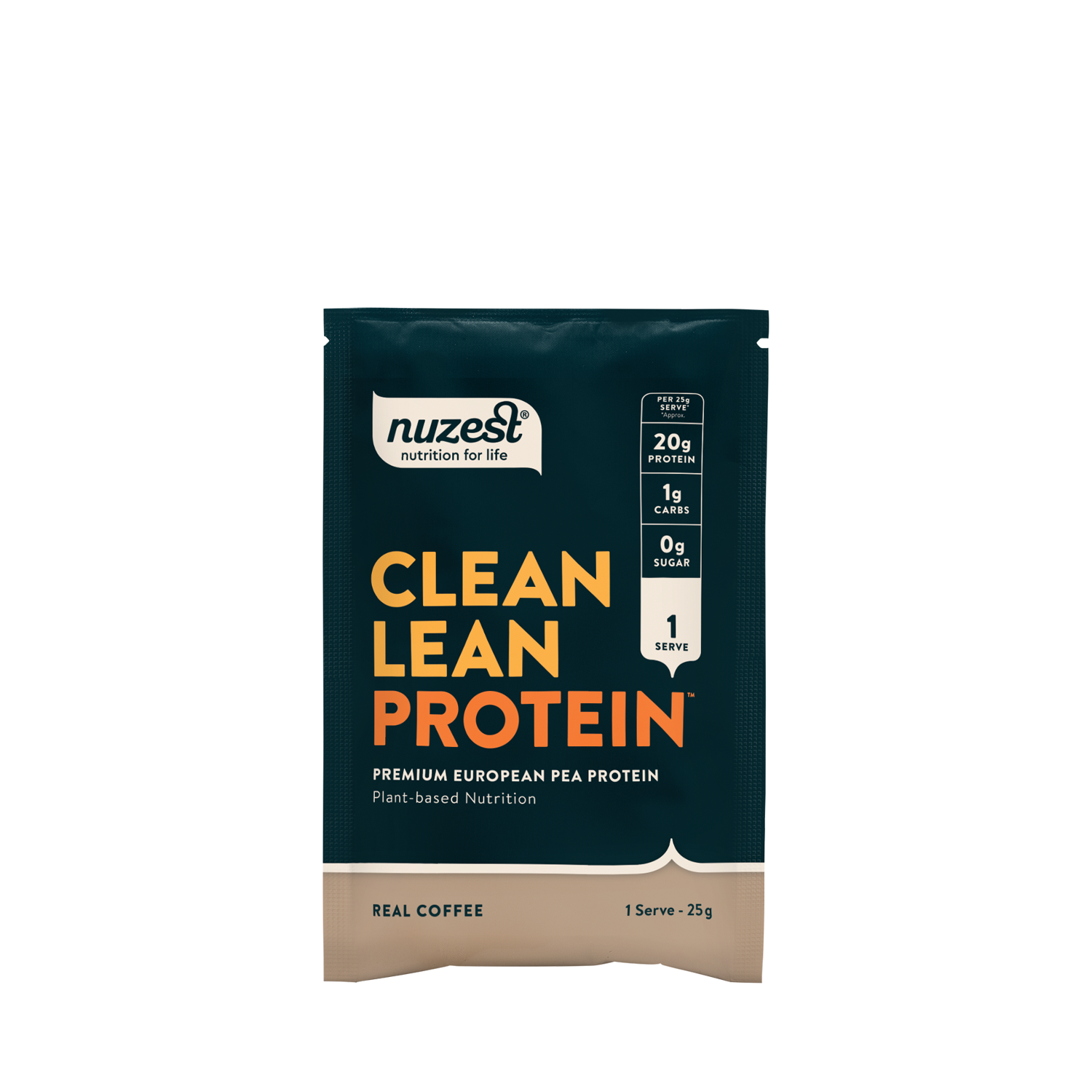Vitamin B2
Riboflavin
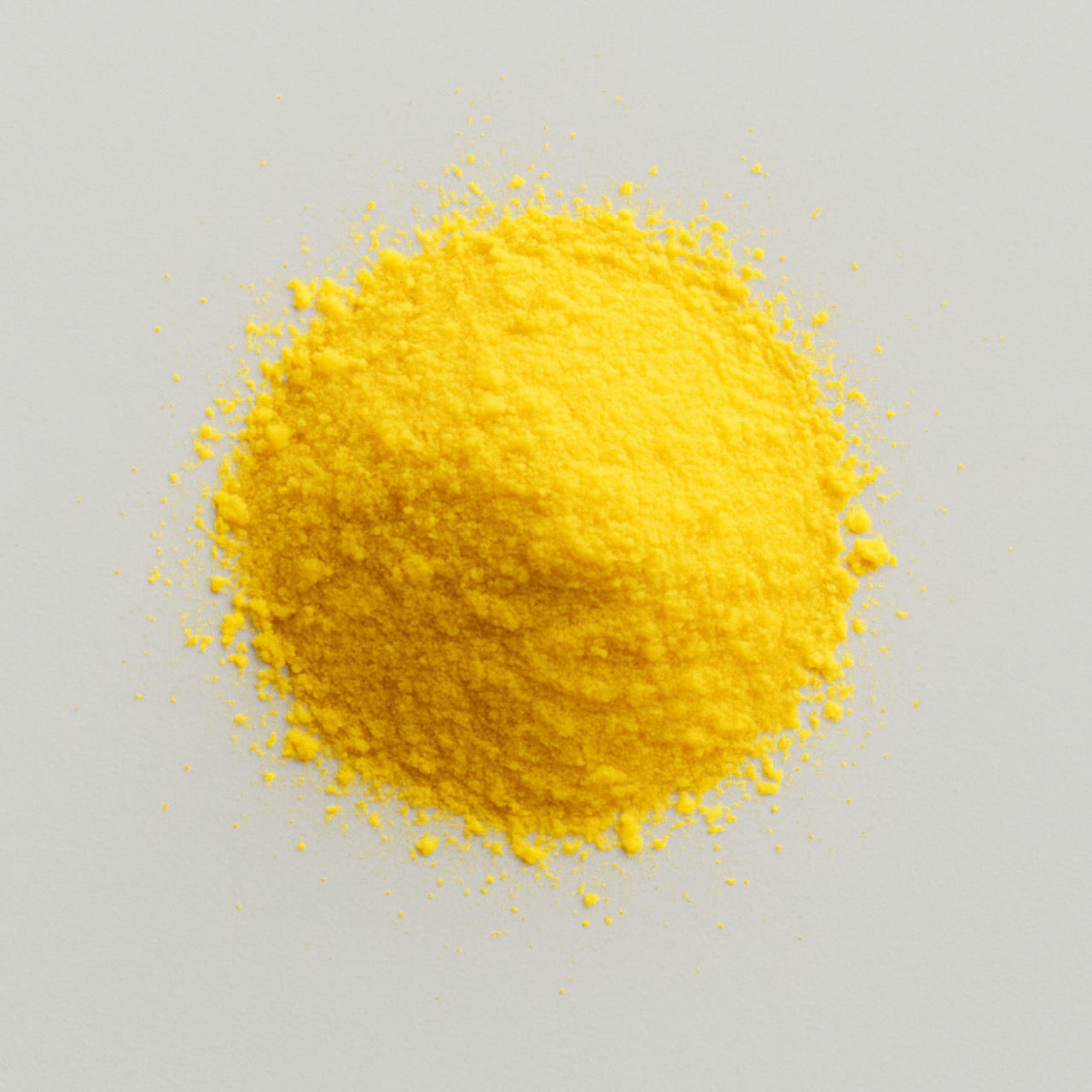
Vitamin B2, also known as riboflavin, is a water-soluble vitamin involved in energy production and cellular function. It is found in various food sources and added to supplements.
Products:
Can Vitamin B2 Help Reduce Headache and Migraine Frequency?
Vitamin B2 (riboflavin) has been studied for its potential role in reducing the frequency and severity of headaches and migraines. It supports mitochondrial function, which is essential for efficient cellular energy production. By enhancing energy metabolism in neural tissues, riboflavin supplementation may contribute to migraine prevention in some individuals.¹ ²
Vitamin B2 and Skin Health
By supporting skin cell regeneration and tissue repair, riboflavin helps maintain healthy, resilient skin. Adequate levels are associated with a reduced risk of common skin concerns such as dryness, acne, and eczema. Its role in preserving skin elasticity and hydration further contributes to overall skin integrity and appearance.³
Vitamin B2 for Energy Production
By facilitating the conversion of carbohydrates, fats, and proteins into usable energy, riboflavin plays a key role in cellular energy production. This function makes it a common component in energy-support formulations. Inadequate intake may contribute to fatigue and reduced vitality, while sufficient levels help maintain consistent energy throughout the day.⁴
Can Vitamin B2 Help Prevent Anaemia?
By supporting the production of red blood cells, riboflavin contributes to healthy oxygen transport throughout the body. It assists in converting iron into a bioavailable form needed for haemoglobin synthesis. Inadequate intake may impair this process and increase the risk of anaemia, while sufficient levels help maintain optimal blood health and circulation.⁵ ⁶

